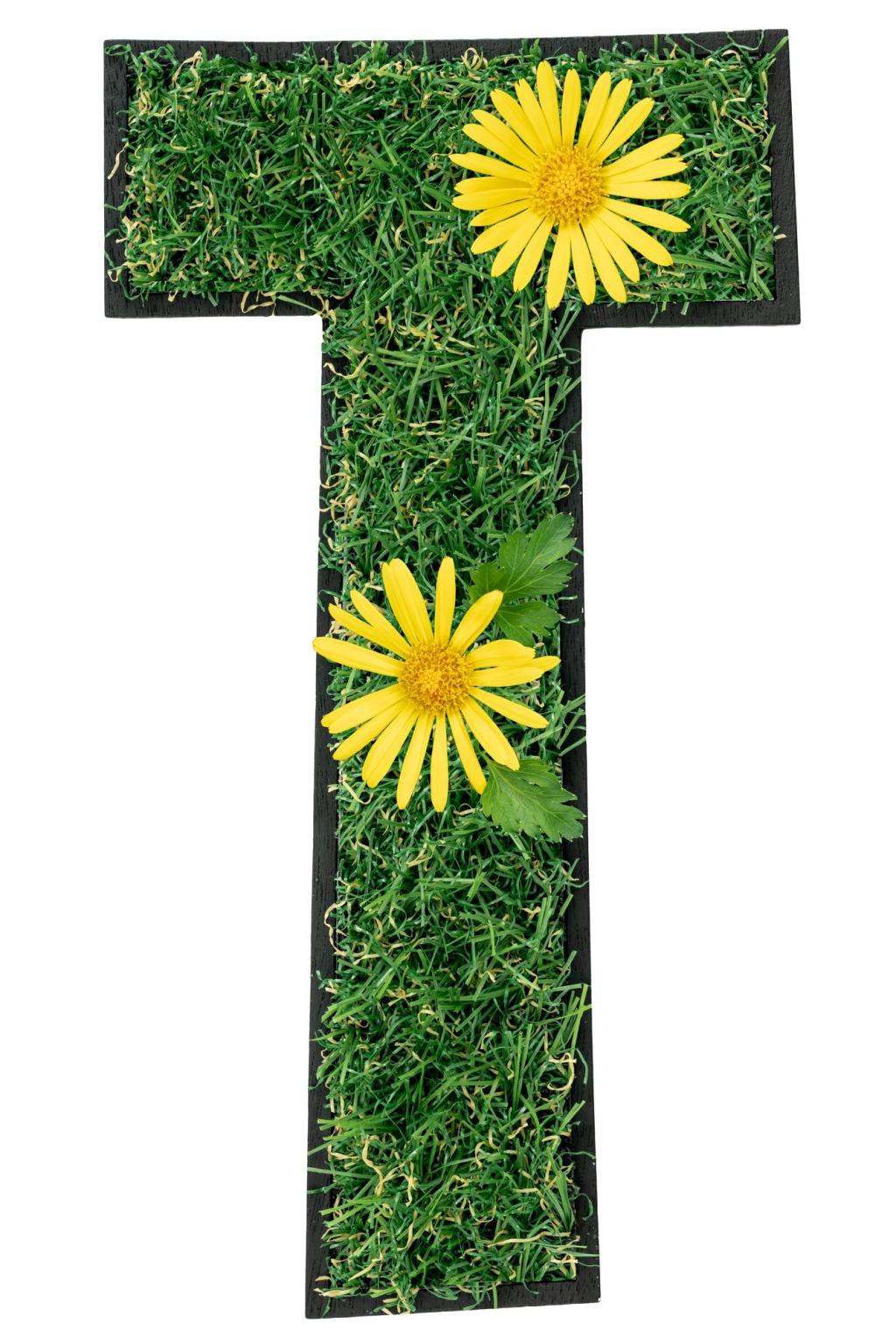Eco-friendly technologies are redefining the way we design and experience interior spaces. Embracing sustainability not only benefits the environment but also enhances living conditions by prioritizing health, comfort, and efficiency. Innovations in materials, energy systems, lighting, and wellness-driven features now make it easier to create interiors that are both stylish and responsible. Let’s explore how technological advances are delivering eco-impact while transforming interiors into healthier, more harmonious environments for everyone.
Recycled and Upcycled Materials
By incorporating recycled and upcycled materials into interior spaces, we give new life to resources that might otherwise end up in landfills. Recycled glass, reclaimed wood, and metal composites crafted from post-consumer waste are just a few examples of how design can become circular and sustainable. Using these materials not only reduces the demand for virgin resources but also brings unique textures and stories to interiors. Upcycled furnishings and decorative items add charm and character while representing a conscious effort to diminish overall environmental impact, helping occupants connect with a more responsible approach to design.
Low-VOC and Non-Toxic Finishes
Traditional paints, glues, and sealants often emit volatile organic compounds (VOCs) that compromise indoor air quality and human health. Switching to low-VOC or non-toxic finishes is a significant eco-friendly technology in the modern interior design landscape. These finishes not only reduce harmful emissions but also help occupants breathe easier and avoid allergic reactions. The market now offers an impressive range of colors and finishes that match or exceed traditional options in performance, giving designers every tool they need to prioritize wellness without sacrificing creativity or style.
Bamboo and Rapidly Renewable Resources
Bamboo and other quickly renewable resources have become popular substitutes for hardwood and slow-growing materials in eco-conscious interiors. Notably, bamboo grows to maturity in just a few years, absorbing carbon dioxide at a rapid rate and regenerating without the need for replanting. Its strength and versatility make it suitable for flooring, wall treatments, and even furniture. Choosing rapidly renewable resources like cork or wheatboard further reduces pressure on endangered forests and ensures a more sustainable future for interior spaces, without compromising on aesthetics or function.
Previous slide
Next slide


Smart Thermostats and Zoning
Smart thermostats have revolutionized the way interiors are heated and cooled. These intelligent devices learn household patterns and adjust temperature settings automatically, leading to optimized energy use. Zoning systems take energy efficiency a step further by allowing different areas within a building to be heated or cooled independently, ensuring that empty rooms are not wasting resources. Together, these technologies save money and energy while maintaining comfort, making them a must-have feature in eco-friendly interiors.

Energy-Efficient Appliances
Advancements in appliance technology have made it easier than ever to cultivate sustainable interior environments. Energy-efficient appliances use less water and electricity, often outperforming older models in terms of reliability and durability. Refrigerators, dishwashers, and washing machines accredited with eco-certifications are designed to lower utility costs while minimizing environmental impact. Household systems such as induction cooktops and heat pump dryers introduce further savings, making energy-efficiency a seamless part of everyday life without any compromise on convenience.

LED Lighting and Smart Controls
Lighting represents a significant portion of energy consumption in any interior space. Innovative LED technology offers long-lasting, low-energy lighting that dramatically reduces electricity use compared to traditional bulbs. Coupling LED lighting with smart controls—such as occupancy sensors and programmable systems—ensures lights are only on when needed and at the correct intensity. These smart systems can be adjusted via mobile devices or voice commands, offering flexibility and customization while upholding the highest sustainability standards.
Indoor Air Quality and Environmental Monitoring
01
Air Purification Technologies
High-quality air inside buildings is essential for occupant health, productivity, and comfort. Recent advancements in air purification technology offer solutions capable of filtering out dust, allergens, pathogens, and even volatile organic compounds from paints and furnishings. Standalone HEPA filtration units, integrated purification systems within HVAC networks, and emerging photocatalytic oxidation devices all contribute to fresher, cleaner air. These technologies are particularly beneficial in urban environments or spaces with limited natural ventilation, ensuring that interiors remain safe havens from external pollution.
02
Natural Ventilation Strategies
While mechanical systems offer advanced filtration, natural ventilation remains a foundational aspect of eco-friendly interior design. Incorporating operable windows, strategically placed vents, and cross-ventilation techniques allows interiors to be flushed with fresh air without mechanical intervention. This not only reduces reliance on powered systems but also enables a stronger connection to the outdoors. Natural airflow helps moderate temperature, prevent mold growth, and maintain balanced humidity levels, all of which are essential for creating a comfortable and truly sustainable living environment.
03
Environmental Sensors and Smart Monitoring
The rise of environmental sensors and smart monitoring devices enables building occupants to keep a close eye on indoor air quality, humidity, temperature, and even the presence of specific pollutants. These sensors integrate with mobile applications or smart home systems to provide real-time feedback and automated alerts, ensuring issues are addressed before they can cause harm. Continuous environmental monitoring empowers users to optimize their spaces for health and efficiency, contributing to more resilient, adaptive, and sustainable interiors.
